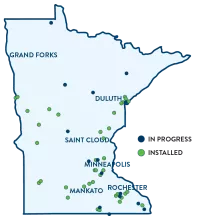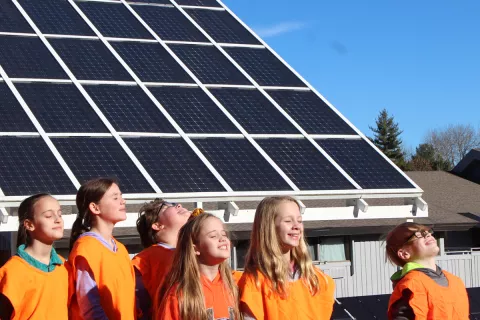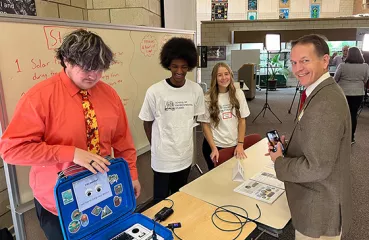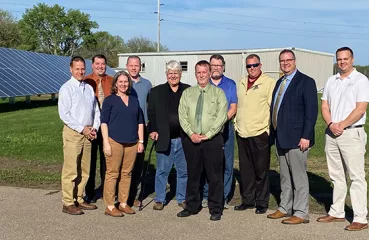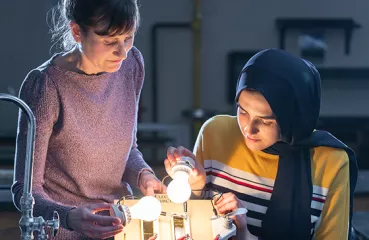Many Minnesotans strive to make environmentally-friendly decisions that will protect our ecosystem for generations to come.
 Schools across the state have an opportunity to make a difference for the rising generation through solar power — creating an energy source that’s not only renewable but financially beneficial — through the Solar for Schools grant program.
Schools across the state have an opportunity to make a difference for the rising generation through solar power — creating an energy source that’s not only renewable but financially beneficial — through the Solar for Schools grant program.
How can schools transition to solar energy with the Solar for Schools grant program? Peter Lindstrom with the University of Minnesota Extension's Clean Energy Resource Teams has the answers.

